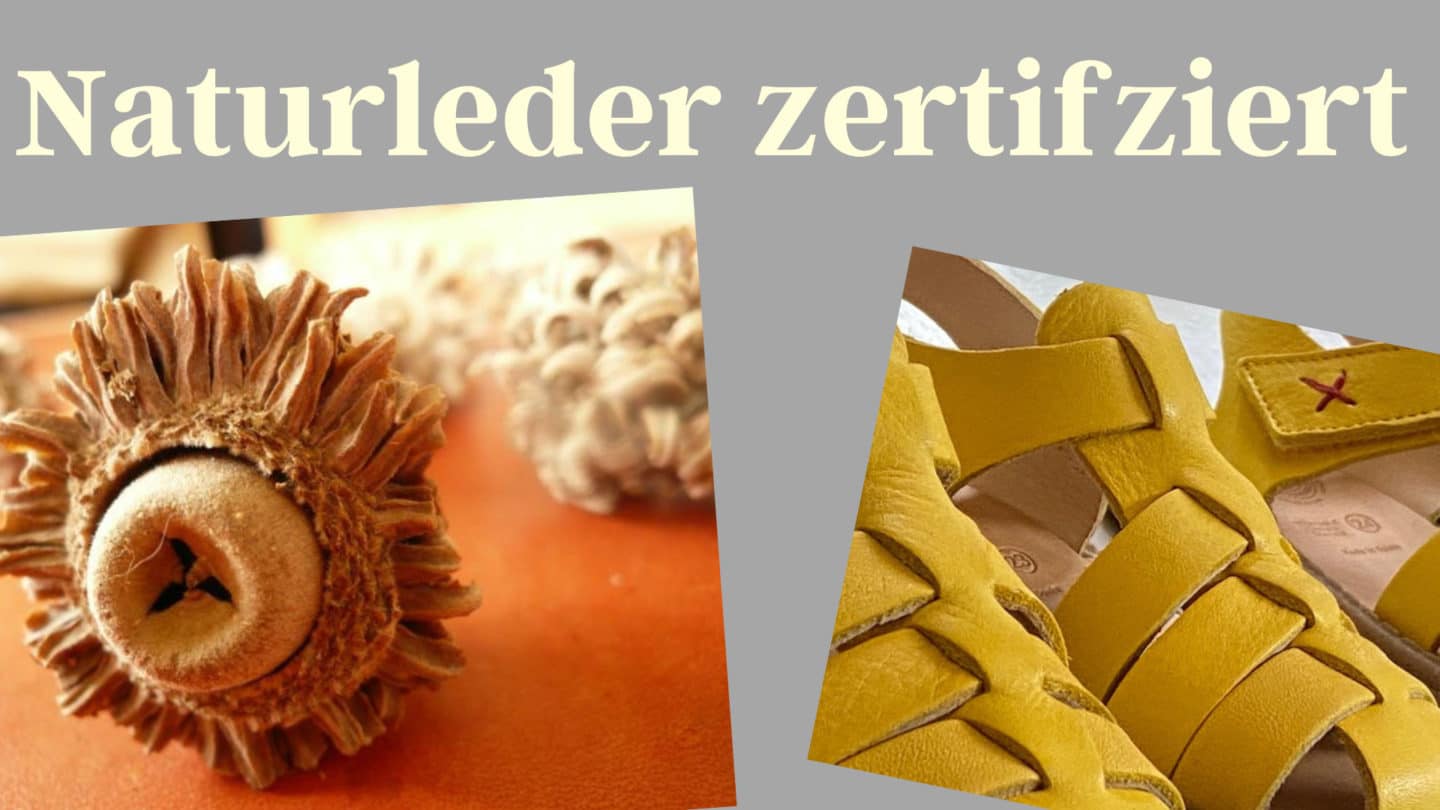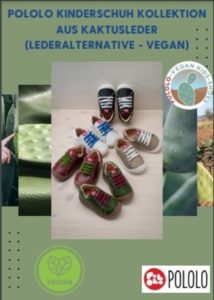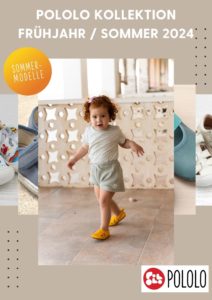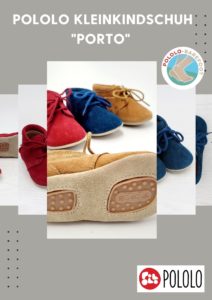
Report on the fiber training in the POLOLO ShowRoom on the subject of leather
In our second blog article on POLOLO fiber training we will now cover the topic of leather. The natural leather used by POLOLO feels snug like a second skin on delicate children's feet. Our leather slippers are therefore the best alternative to healthy barefoot walking. This lecture given by Franziska Kuntze was also captured on film - you can find it on POLOLO on YouTube: “Ecological natural leather – POLOLO dealer presentation”.
Undyed, vegetable-tanned cow skin as an illustrative object
Kuntze then introduced the topic of natural leather. To look at it, she had brought along an undyed, vegetable-tanned cow hide that was around five square meters in size, and that too traces of life showed, so it did not have a uniform structure.
Leather is a natural product that has been known for thousands of years - animal skins are used to produce it preserved through tanning become. POLOLO uses nappa or suede leather:
Suede leather is sanded leather with a more or less velvety surface. They are also called “Nubuck” referred to (scar side). It is called suede from the meat gap “suede” – Suede is the generic term for all velor surfaces in the leather sector.
As a little background information, she said that today there are often... “Suede” I'm talking about when you actually mean suede - but this is usually just so-called, rather than correct suede actually comes from wild animals such as deer, deer etc.
Chromate: Threat to the environment, health and reputation
Kuntze reported that leather used today to make clothing and shoes is primarily due to the faster and cheaper tanning process Chromium is used - around 95 percent of all leather comes from chrome tanning. With controlled processes and established high environmental standards, tanning with chromium is acceptable - but in practice, incorrect handling repeatedly leads to the undesirable formation of the harmful chromate. This is considered to be allergenic and is also suspected of being a carcinogen. In addition, there were considerable wastewater and disposal problems (e.g. chromate formation may also occur when chrome-tanned leather scraps are burned).
Chromat provides one for everyone involved along the value chain threat because leather with a content of three milligrams per kilogram or more is no longer considered marketable. Unfortunately, there are always recalls, especially when it comes to children's shoes - customers are often looking for cheap offers without paying attention to the quality. By the way, a look at the so-called RAPEX list shows, among other things, the current product recalls for children's shoes.
POLOLOs only made from vegetable-tanned leather - without PU treatment and chemical finishing
For the reasons mentioned above, POLOLO relies on safe, too Products suitable for allergy sufferers, and only uses vegetable tanned leather.
Kuntze showed as an example of one vegetable tanning agent Valonea acorns and, as an example of a mineral material, green-colored chromium in powder form. Chrome-tanned leather is gray-green and therefore always requires subsequent dyeing.
Chemical dressing of leather
Another important aspect is the Avoid further chemical preparations or finishing of the leather. Because there is no such thing as a flawless surface without natural features with leather - just like with us humans, where the skin can have mosquito bites, pigment changes and injuries. Even under excellent husbandry conditions, the cattle suffer minor injuries throughout their lives, which can be found on the surface of the leather.
In conventional production, however, a completely uniform surface appearance of leather without any natural features is important in order to optimize the leather waste. For this purpose, you can use coated or covered leather. The coating or finishing of the leather equalizes the leather surface. Become there plastics used, which form a flat and uniform surface after their application. The process is supported by color pigments that cover up color differences. After the coating, the leather is usually embossed. This gives the surface a leather-like surface structure again, although if you look closely it can appear artificial because the natural features and irregularities are missing.
What looks flawless is chemically difficult. The plastics, including polyurethane, acrylic paints, halogenated hydrocarbons, vinyl compounds, organic hydrocarbons such as butadiene, contain health risks in itself. The warnings for the substances used range from triggering allergies to suspected health risks.
In addition, the preparation of the leather changes its usage properties. On the one hand, the leather becomes insensitive to dirt and water-repellent because the skin pores are closed by the coating. On the other hand, the exchange of air between the leather fabric and the environment is also cut off. This is how leather got its reputation as a cold material. However, this only applies to coated leather. Natural leather is available Exchange with the ambient air and is therefore always at a pleasant temperature.




